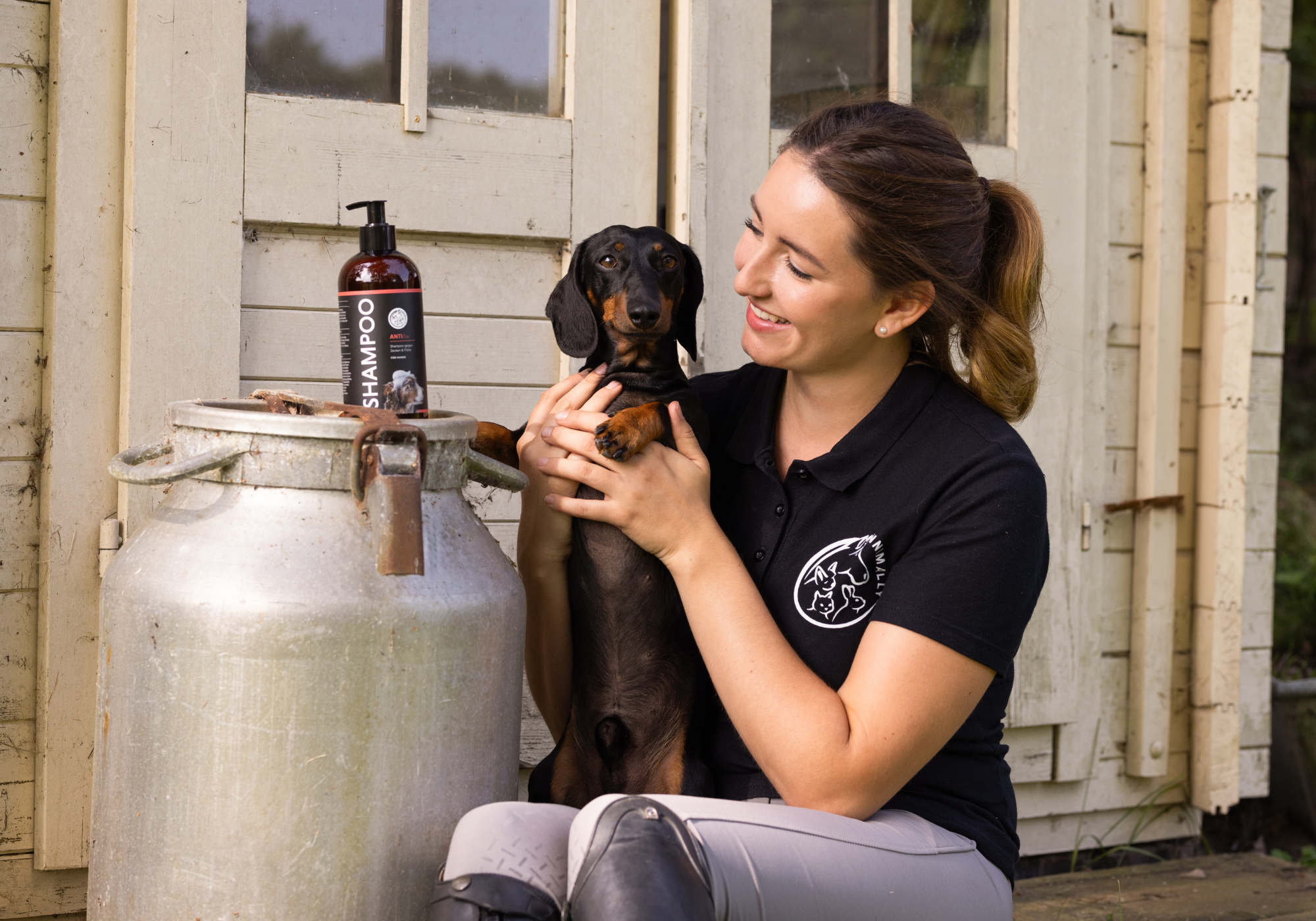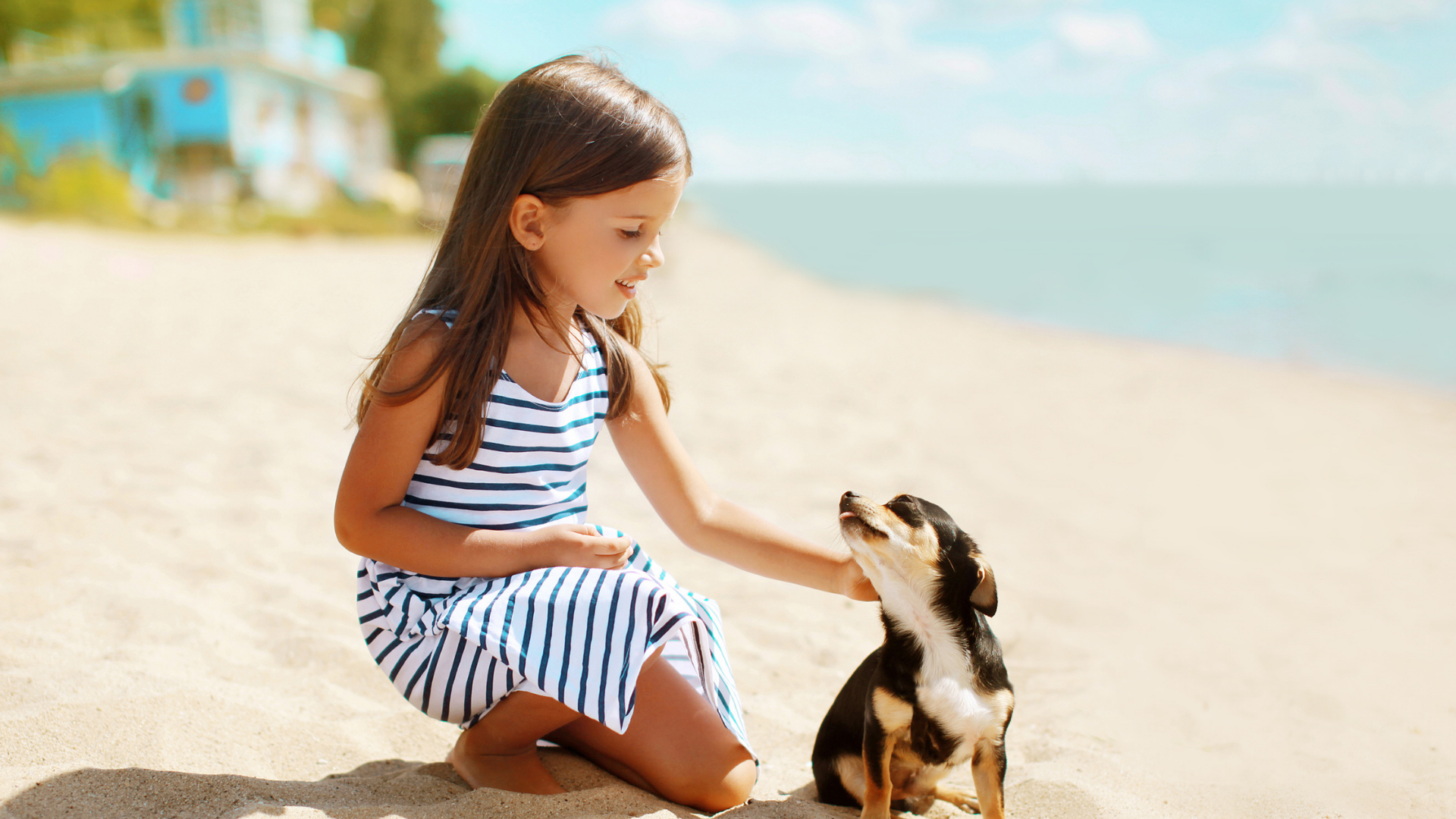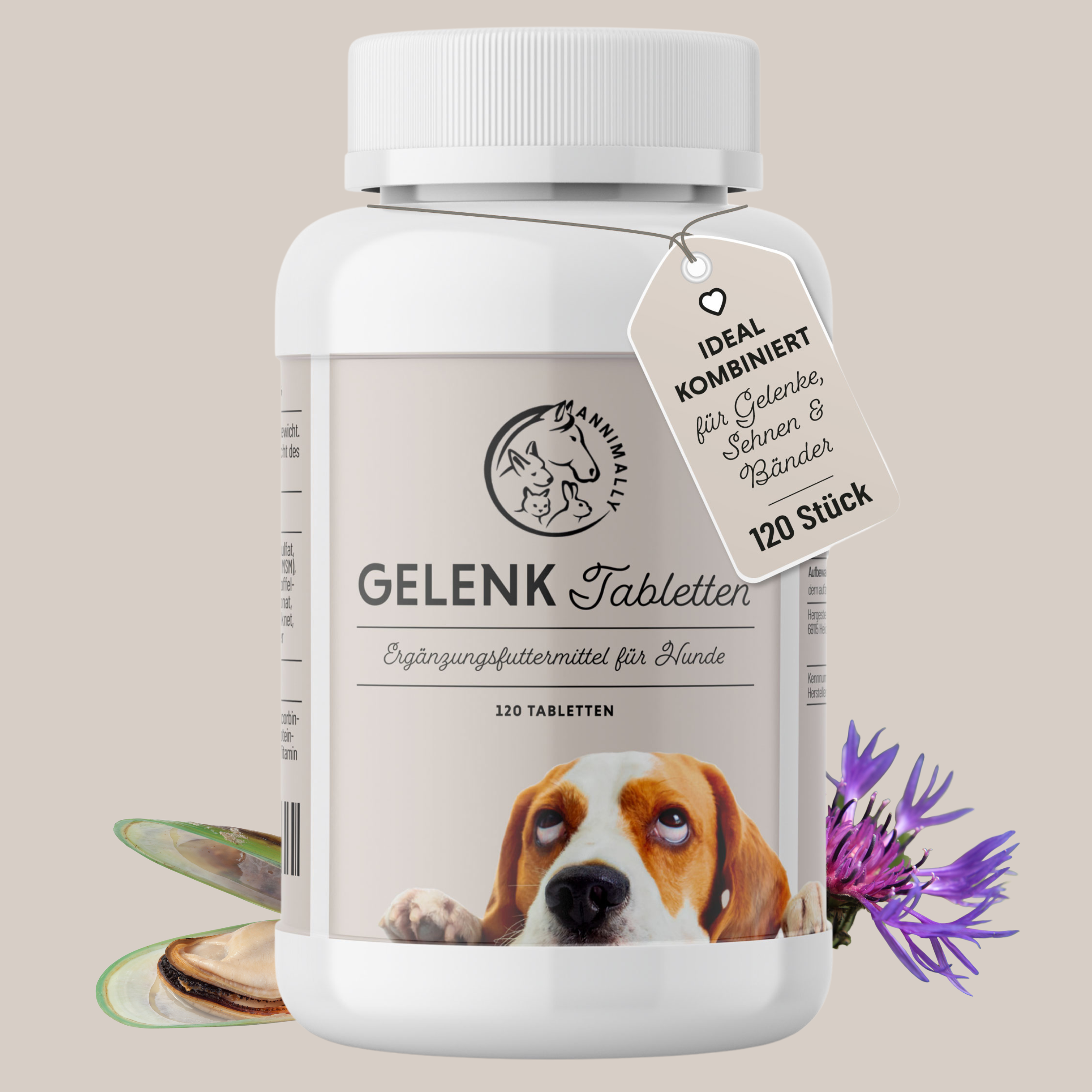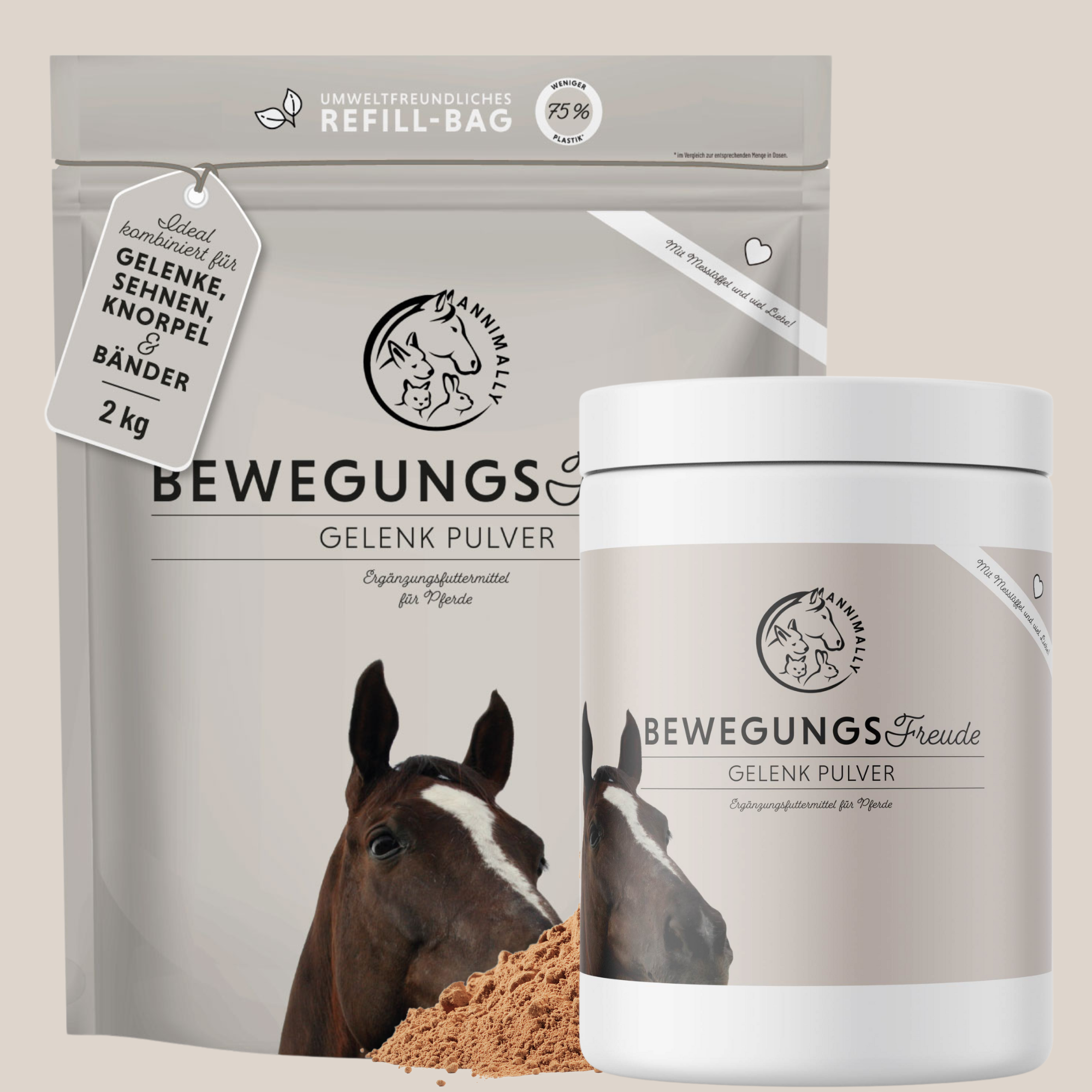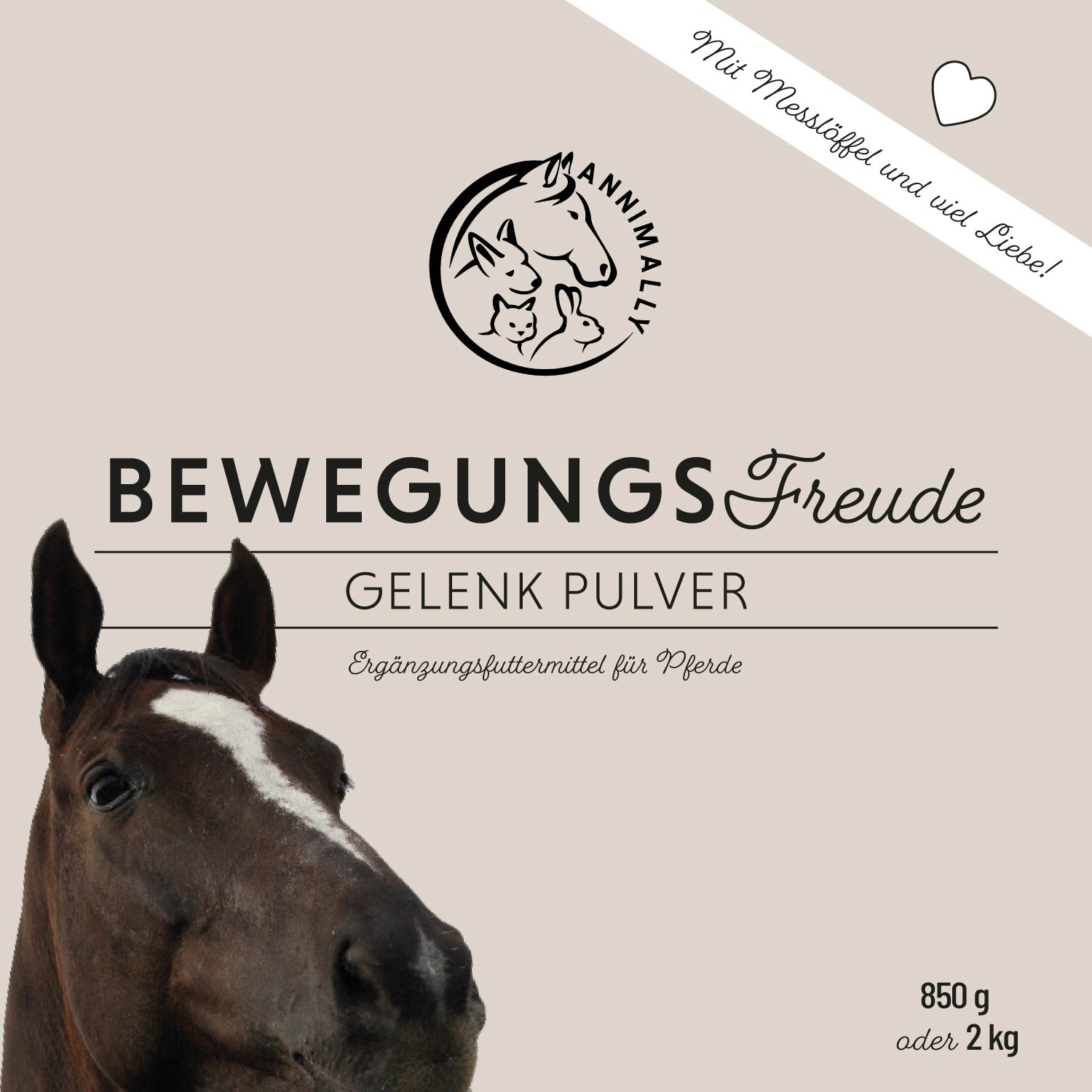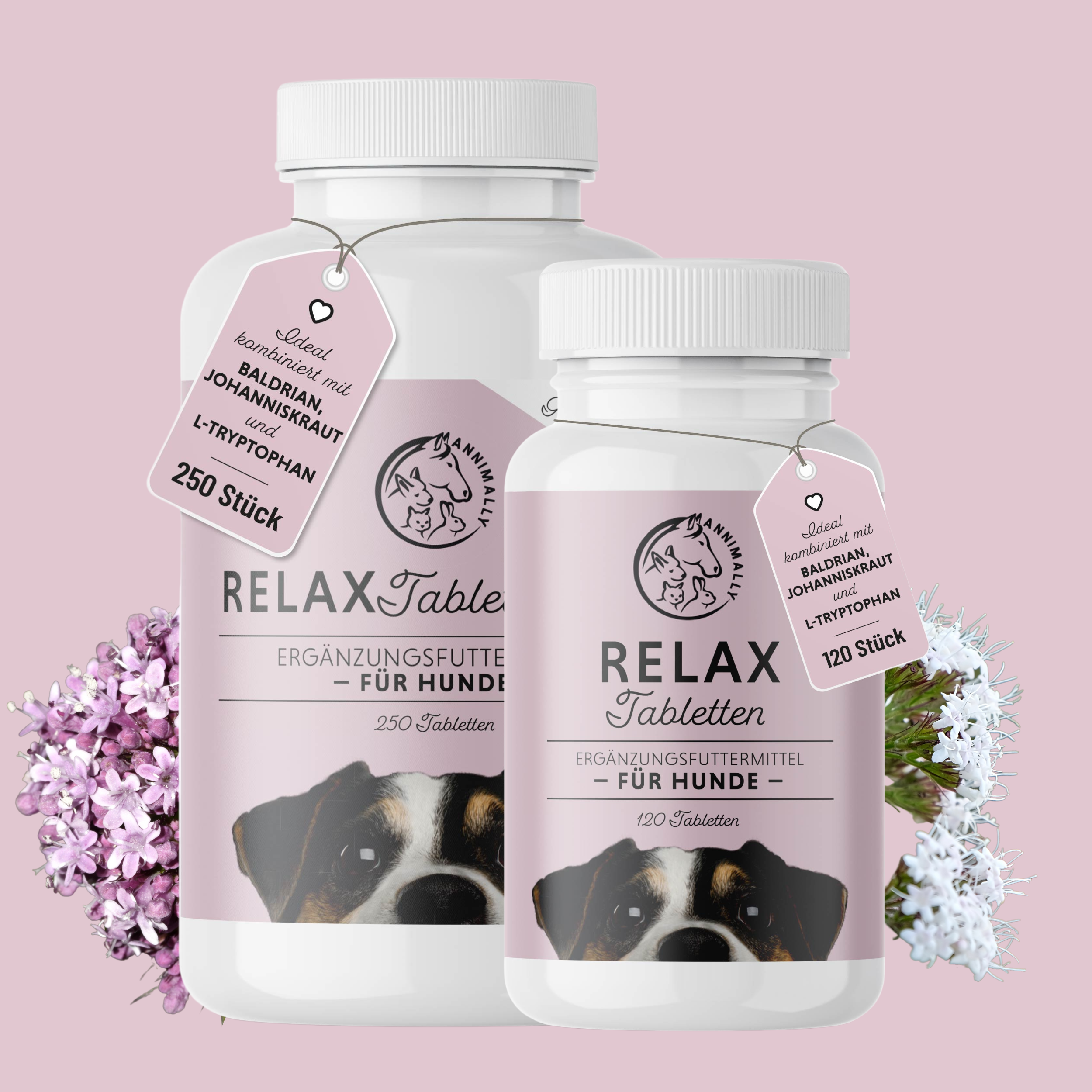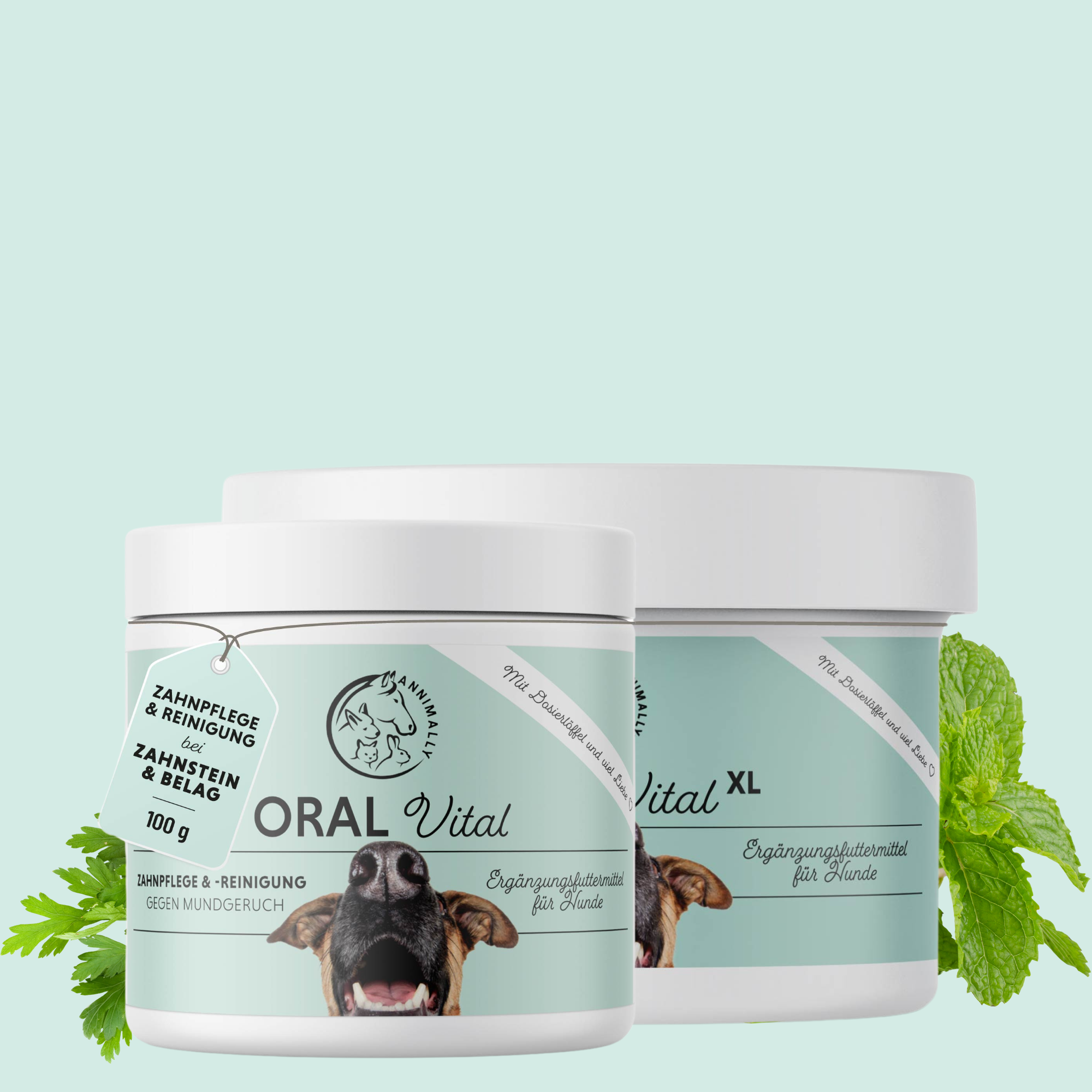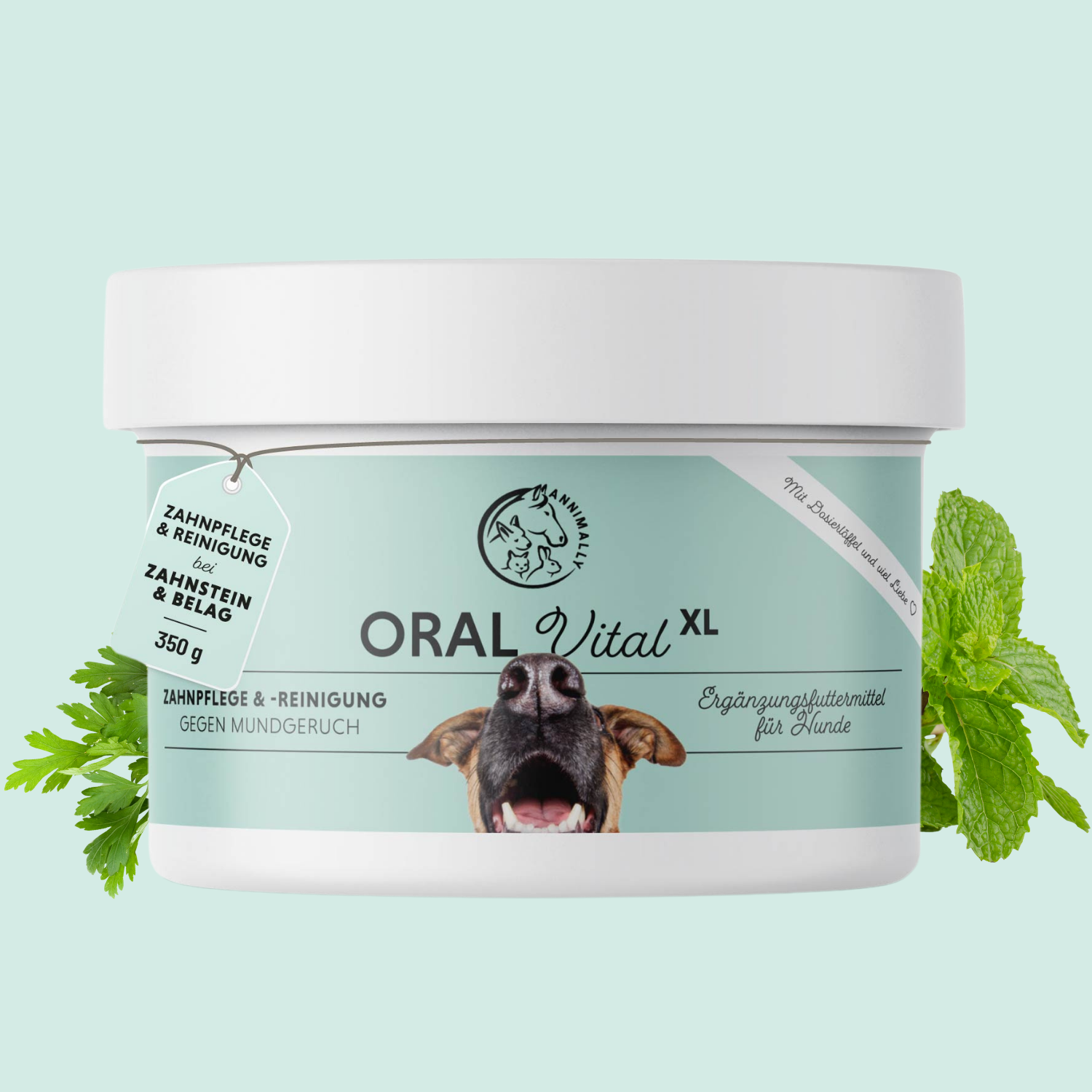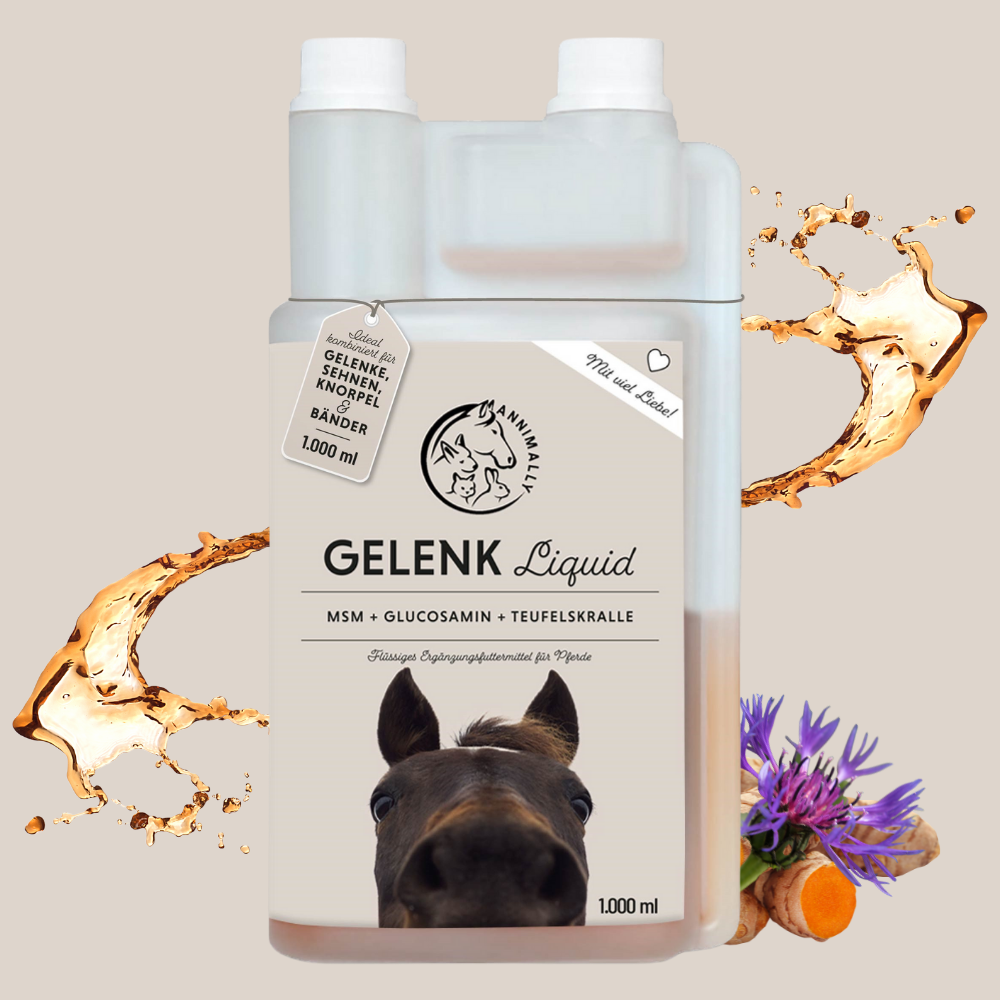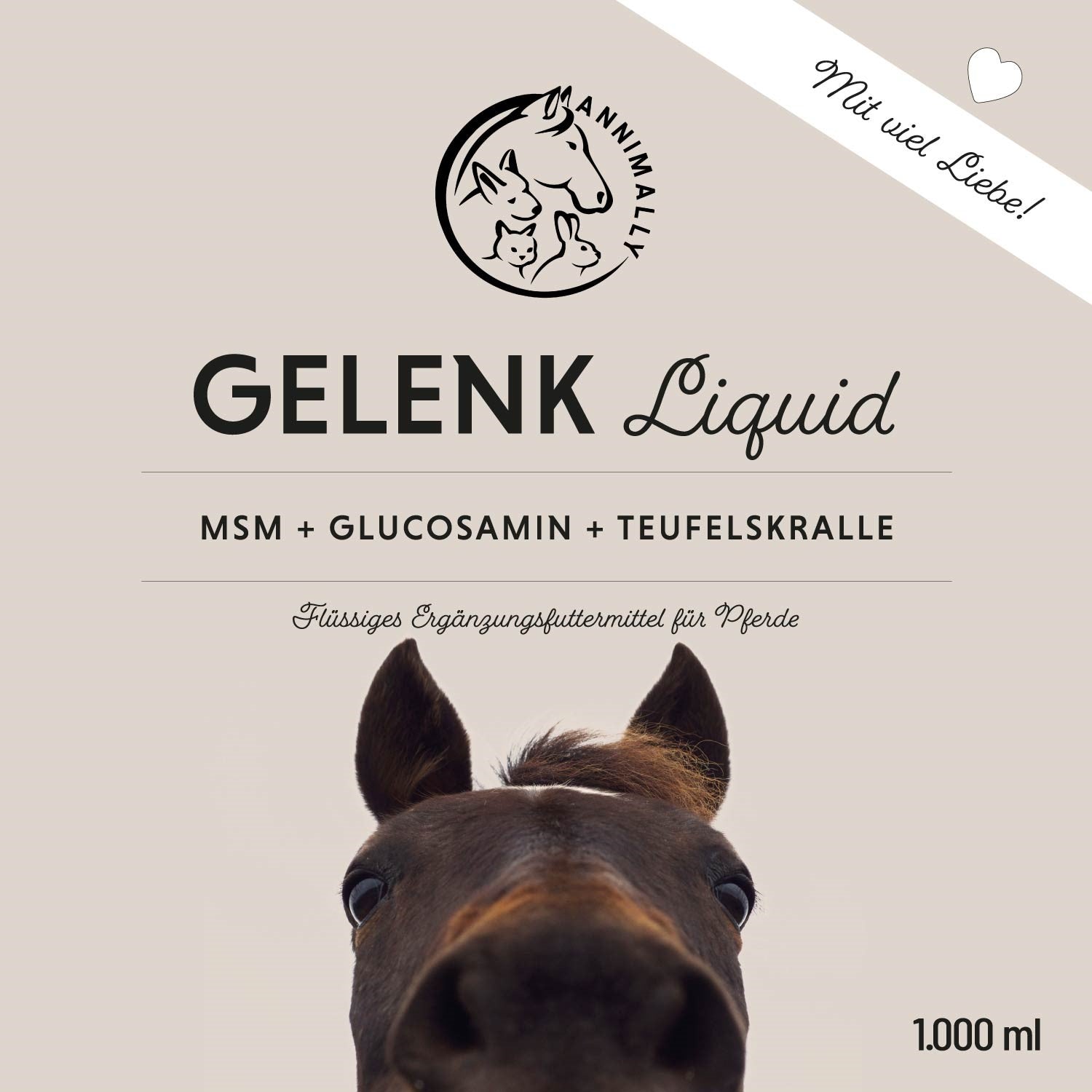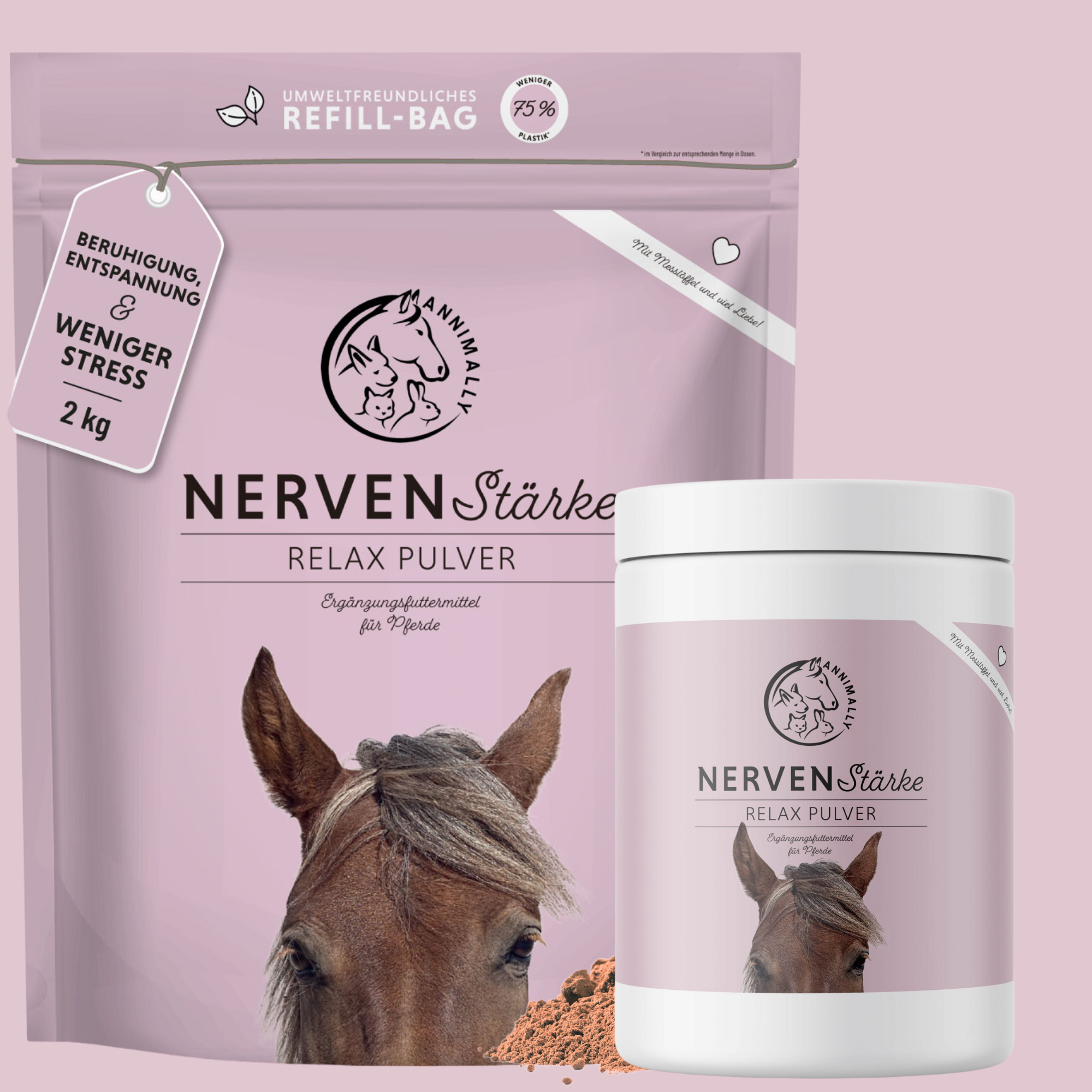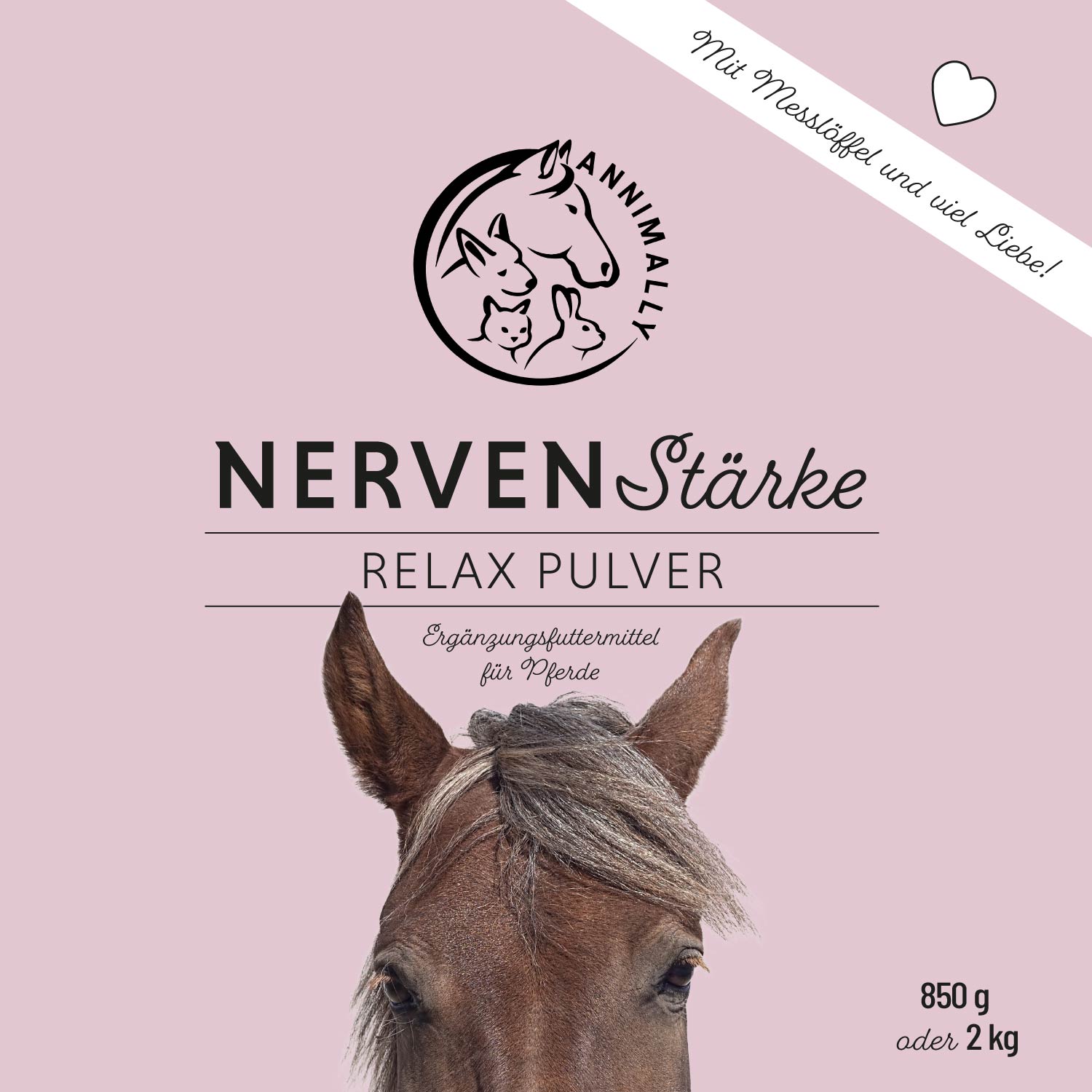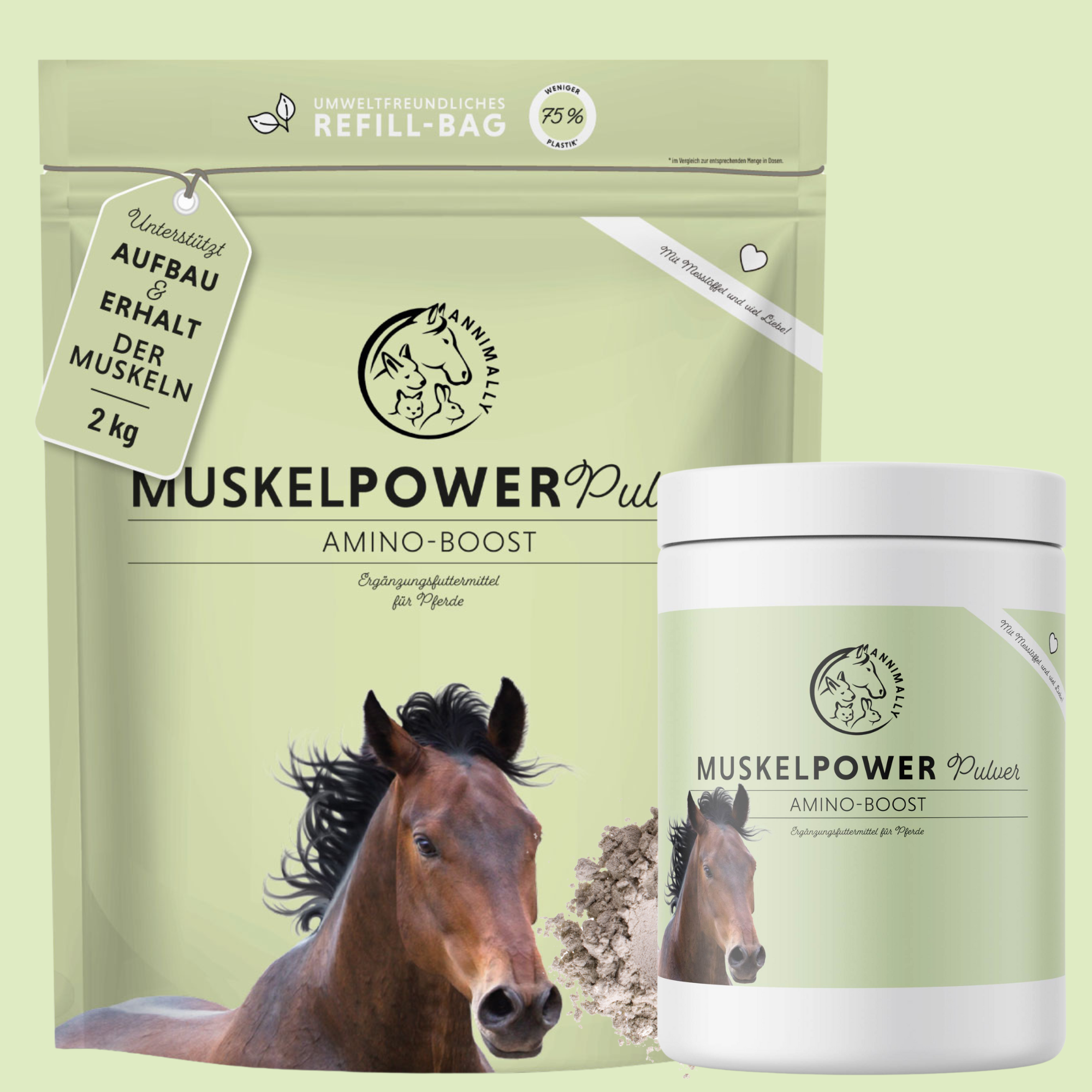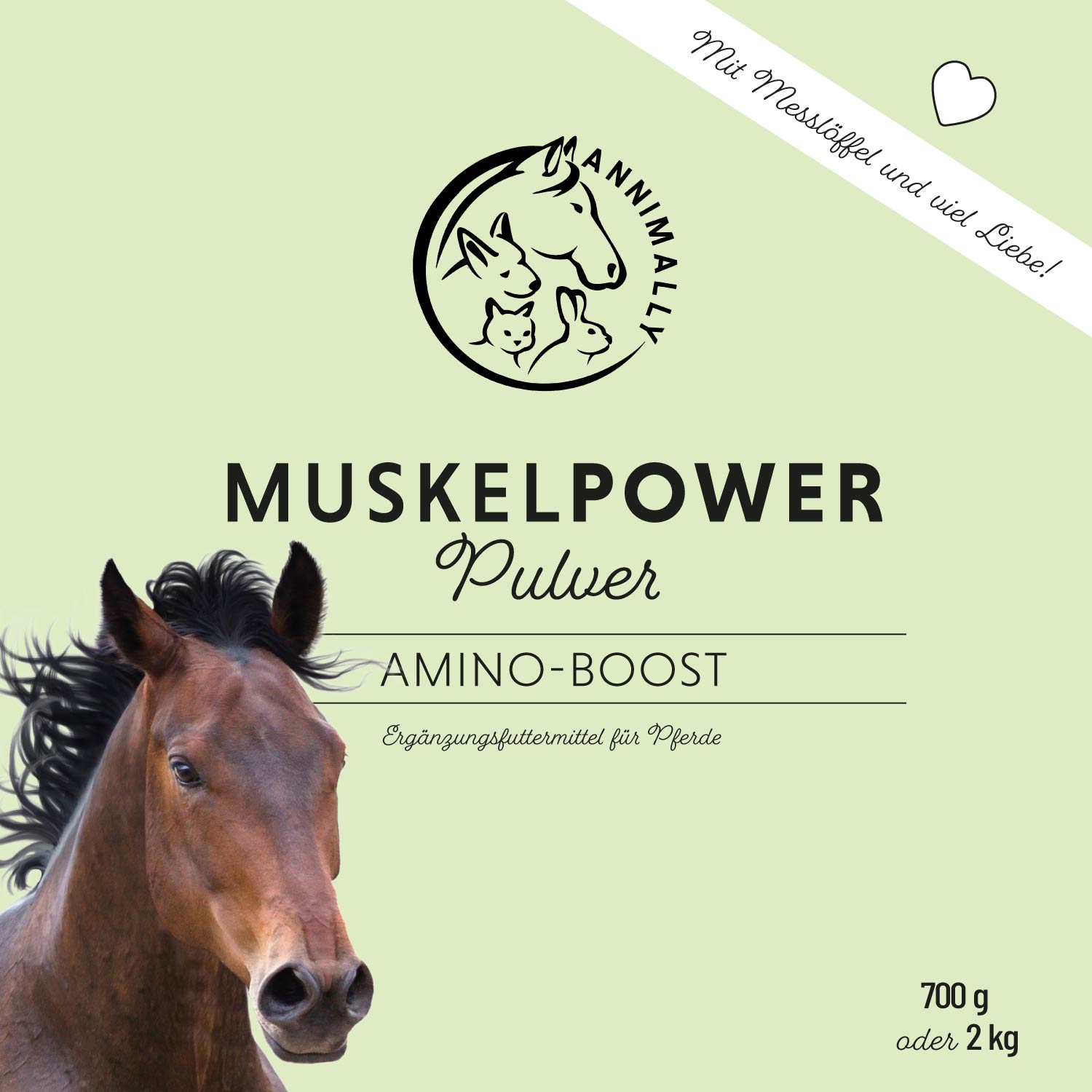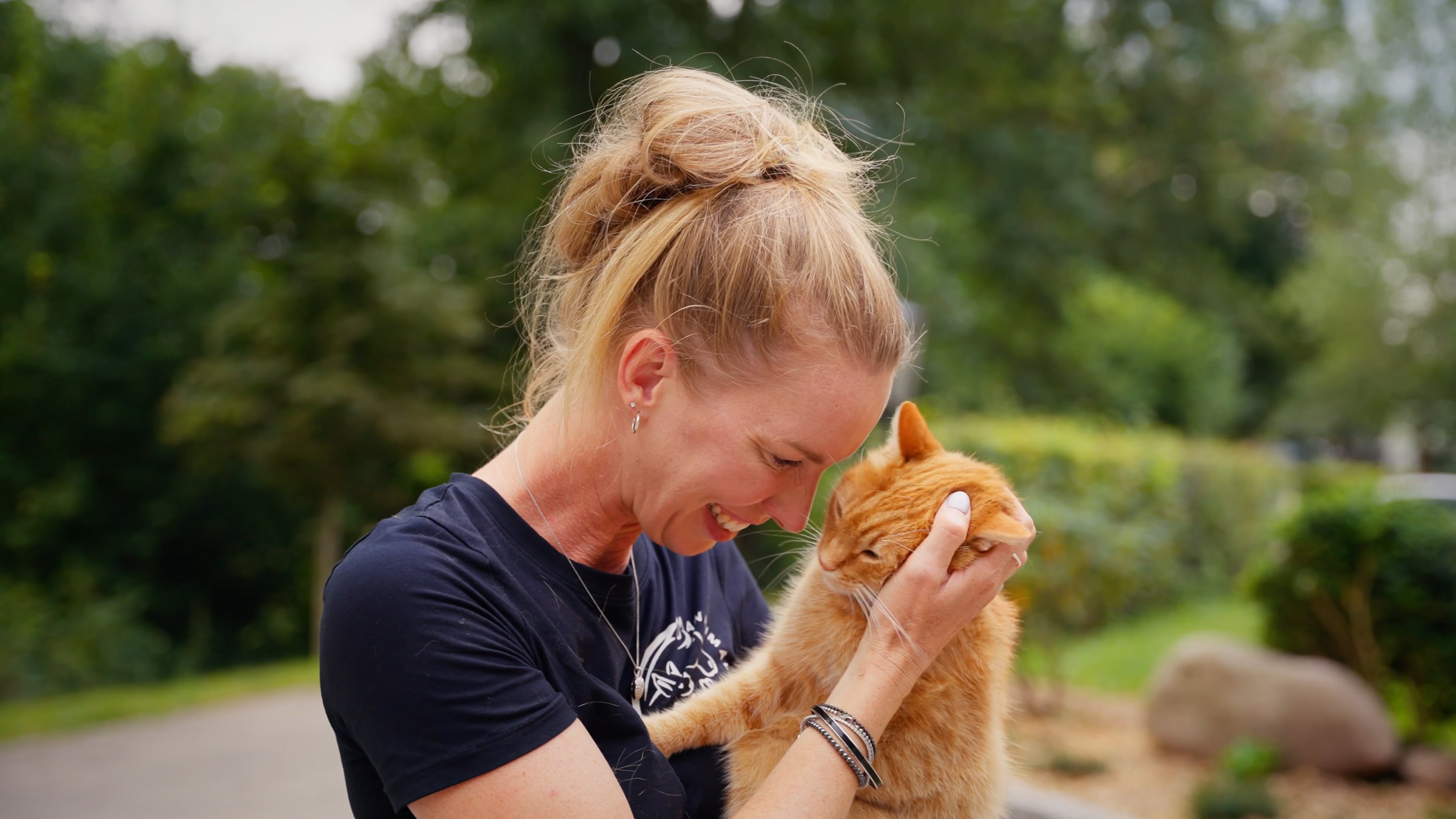Article: The best pets for kids: you should know that
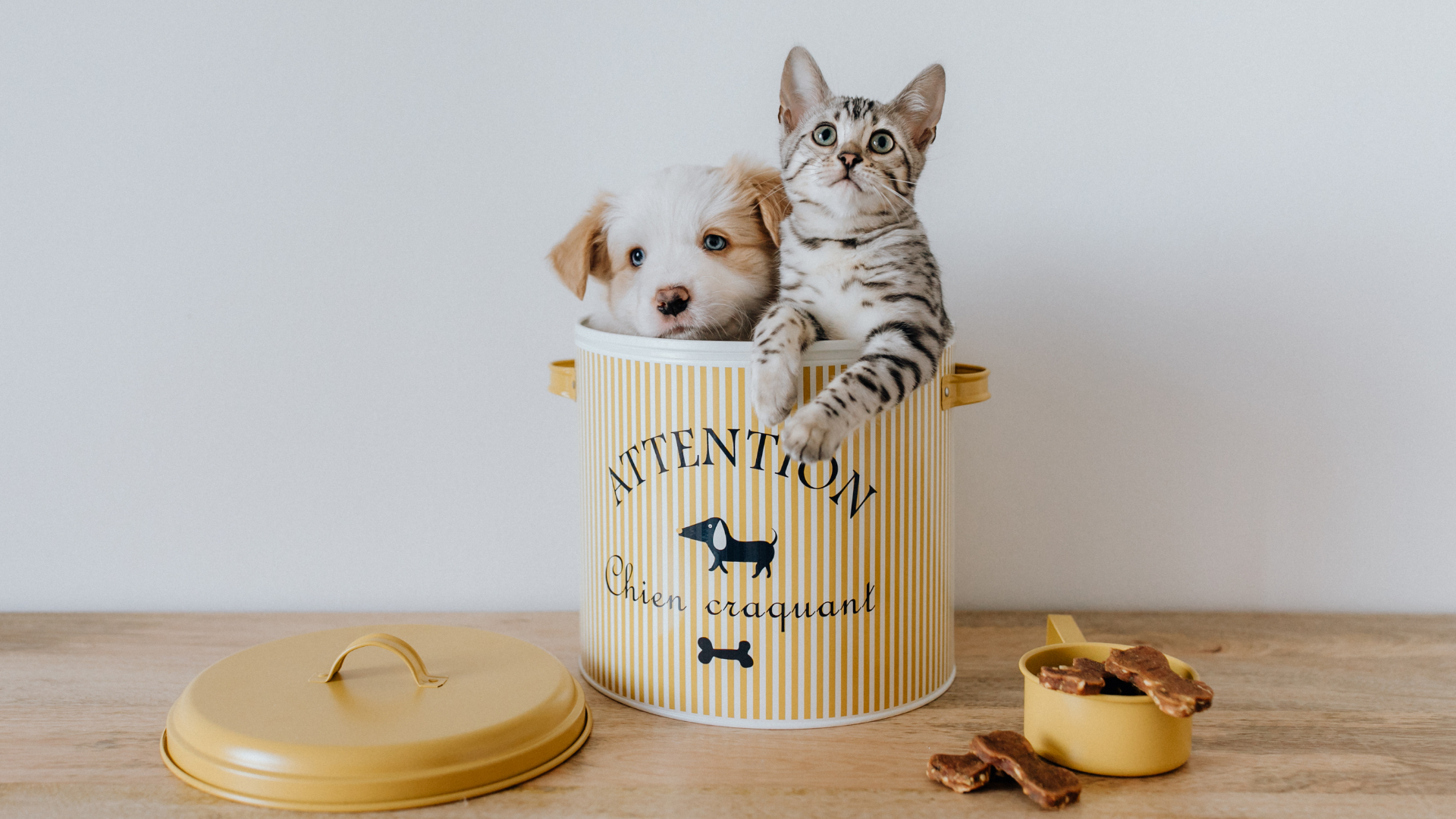
The best pets for kids: you should know that
"Mommy, I want a dog!" - most parents have probably heard this sentence before. For some it should be a cat, a hamster or a mouse and yet others want a horse straight away. A "no" is hard to accept and a "yes" usually means a lot of effort for the parents too. Because honestly, who sends their eight-year-old child out at night with the puppy? But which animals are actually child-friendly? And what advantages and disadvantages does a pet have for Children? And how does the animal itself actually see it? Questions upon questions that many parents ask themselves. We clarify!
Which animal for children?
Not every animal is a perfect match for every child and every circumstance of the parents. We've checked out the most common pets.
The cat

Many cats make great cuddle partners for children. However, be careful with small children: Clumsy movements can frighten the little house cat, then it may extend its claws and this can be quite dangerous, especially for very small children. Another thing cats don't like at all are hunting games. A toddler that is motivated to run after the cat is not funny at all for the kitten.
The dog

Dogs are great buddies for children. But the same applies here: Your child should not be too small. Up to the age of eight, a child should never be alone in a room with a dog. From the same age, the kids can also take on a few tasks and a bit of responsibility: give food, go for a little walk. But beware: the size of the four-legged friend is always decisive. A young mastiff, for example, will certainly become a dangerous challenge for your protégé on a leash.
The hamster

Hamsters are super cute and funny little guys! But beware: the hamster is a nocturnal animal. So living together is difficult for tots and hamsters. When one wants to cuddle and play, the other lies dozing in the hay and when it's time for bed, the hamster gets active and runs through the wheel. However, if night activity is not a problem for you and your kids, a hamster is a good starter pet. The care of the rodent is clear and can also be taken care of by the child.
The guinea pig

Guinea pigs are shy. In fact, they are always on the run. From day one, reaching into the cage and clawing the guinea pig doesn't work. But guinea pigs can also be tamed. How? Of course, with food. Perseverance is required here. The squirrel feeds itself laboriously... uh... guinea pigs: Gradually feed them carefully from your hand, then the human-rodent friendship will also develop. It has one good thing: Your child will definitely learn patience and empathy along the way.
The bunny

Such a long-eared dog is a great companion for children, even suitable for small children from the age of six. Not just because rabbits are super fluffy and really cute. No, they are also quite intelligent and many of them love to learn tricks. What they don't find funny at all, however, is being carried around. It is best to explain to your child directly that if a rabbit fidgets, scratches or grabs its teeth, its displeasure must also be respected.
Why animals are good for children
Cuddling units not only make us happy, but also our children. And who better to cuddle with than a pet? A special pro argument for a household with children and animals: the social skills of children are enormously strengthened by dealing with animals. This is a very easy way to teach your offspring a sense of responsibility and empathy. The presence of pets can also lower the stress hormone cortisol. This is e.g. B. helpful for children with autism. Children with developmental delays also benefit from dealing with animals.
What to look out for before moving in your pet
In any case, before you move in, you should consider that children can never be responsible for pets alone. If the fur nose has to go to the vet, mum and dad are in demand. In general, responsibility should never lie solely in the hands of children. There are always times when parents need support. Both to relieve your own protégé, but also to ensure that the needs of the animal are all met. Extra tip: Make sure none of you have an allergy beforehand. Because: even worse than saying "no" to the pet question is giving up the new friend after a short time - for both child and animal.

